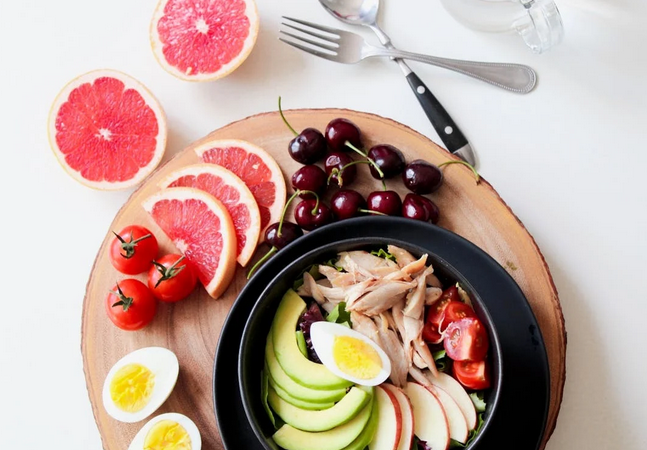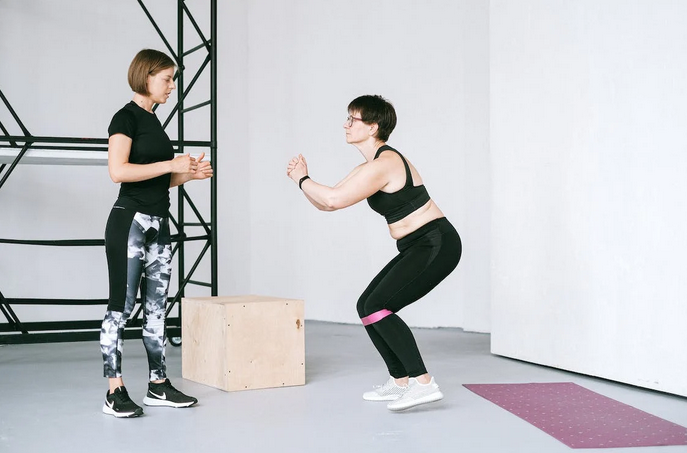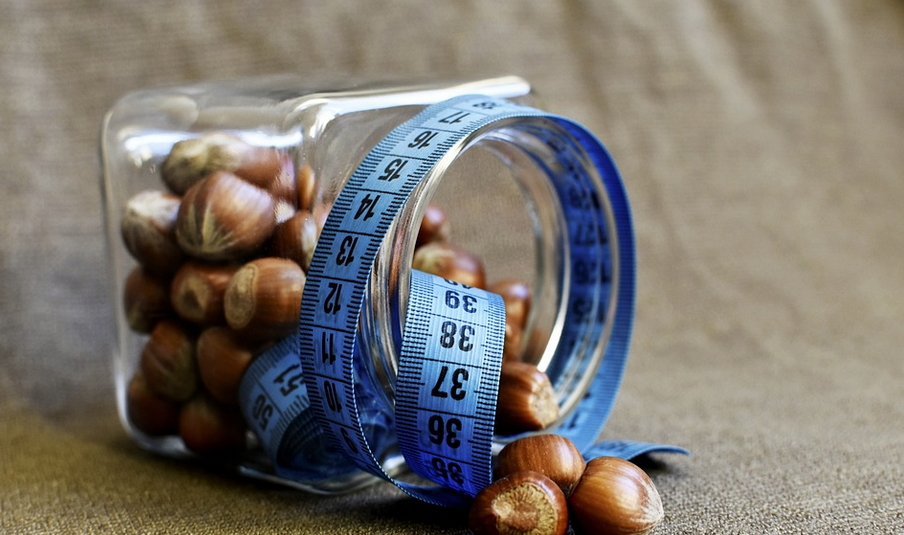Seafood and the Mediterranean Diet: A Heart-Healthy Combination
Picture yourself seated on a sun-drenched Mediterranean terrace, surrounded by the vibrant colors of fresh produce and the enticing aroma of grilled seafood. The Mediterranean Diet isn’t just a way to eat. It’s a lifestyle that celebrates wholesome ingredients, rich flavors, and shared meals with loved ones. With roots tracing back centuries, this diet emphasizes balance and variety while promoting heart health. Scallops are one of the many treasures that stand out as an essential component offering not only delightful tastes but also remarkable health benefits. Let’s dive deeper into how seafood can elevate your culinary journey while nourishing your body and soul.
The Role of Seafood in the Mediterranean Diet
Seafood is a cornerstone of the Mediterranean diet, celebrated for its rich flavors and nutritional benefits. This coastal cuisine incorporates various fish and shellfish, often enjoyed fresh or simply prepared. Fish like salmon, sardines, and mackerel are particularly popular. They provide essential omega-3 fatty acids that promote heart health. These healthy fats help lower cholesterol levels while reducing inflammation. Moreover, seafood offers high-quality protein without excessive saturated fat. This makes it an ideal choice for those aiming to maintain a balanced diet without sacrificing taste.
Health Benefits of Seafood in the Mediterranean Diet

Seafood is a cornerstone of the Mediterranean diet, offering an array of health benefits. Rich in omega-3 fatty acids, fish and shellfish promote heart health by reducing triglycerides and lowering blood pressure. Regular consumption can also improve brain function. Omega-3s support cognitive performance and may reduce the risk of neurodegenerative diseases. Additionally, seafood is packed with high-quality protein. This nutrient helps maintain muscle mass while promoting satiety, making it easier to manage weight effectively. Minerals such as iodine and selenium found in various seafood contribute to thyroid function and antioxidant protection. These nutrients bolster overall wellness.
Top Seafood Choices for a Heart-Healthy Diet
When it comes to seafood, some options stand out for their heart-healthy benefits. Fatty fish like salmon and mackerel are rich in omega-3 fatty acids. These healthy fats can help lower bad cholesterol levels. Sardines are another excellent choice. They are packed with nutrients and often come canned, making them a convenient option. Their small size means they have less exposure to pollutants compared to larger fish. Tuna is popular but should be consumed mindfully due to mercury levels in some types. Opting for skipjack or canned light tuna can reduce risks while still providing essential proteins.
Sustainability and Ethical Considerations When Choosing Seafood

When selecting seafood, sustainability should be at the forefront of your mind. Overfishing has drastically depleted fish populations, threatening marine ecosystems. Opting for sustainably sourced seafood helps preserve these vital resources. Look for certifications like the Marine Stewardship Council (MSC) label or Seafood Watch recommendations. These indicators signify that seafood is harvested responsibly, minimizing environmental impact. Consider local options whenever possible. Supporting local fisheries not only reduces transportation emissions but also strengthens community economies. Ethical fishing practices are equally important. Avoid species that are caught using harmful methods such as trawling or bycatch-driven techniques. Educating yourself on these issues empowers you to make informed choices.
Other Key Components of the Mediterranean Diet
The Mediterranean diet is more than just seafood. It’s a vibrant tapestry of flavors and ingredients that celebrate health and wellness. Fruits and vegetables take center stage. They are packed with vitamins, minerals, and antioxidants. Seasonal produce brings freshness to every meal, encouraging variety throughout the year. Whole grains also play a significant role. Foods like whole wheat bread, brown rice, and barley provide essential fiber for digestive health. Legumes deserve special mention too. Beans, lentils, and chickpeas offer plant-based protein while being low in saturated fat. Healthy fats are key players as well. Olive oil is a staple that not only enhances flavor but promotes heart health when used in place of butter or margarine.
Eating seafood as part of the Mediterranean diet is not just a way to enjoy delicious meals; it’s also an effective strategy for promoting heart health. The combination of fresh fish and shellfish, along with abundant fruits, vegetables, whole grains, and healthy fats makes this dietary approach both flavorful and beneficial. Incorporating a variety of seafood into your meals can offer essential nutrients like omega-3 fatty acids while contributing to overall well-being. Prioritizing sustainable choices ensures that our oceans remain healthy for future generations. By being mindful about what we eat and where it comes from, we can make a positive impact on our health as well as the environment.…







 When we think of warming up before a
When we think of warming up before a 

 A lot of golfers with osteoporosis suffer from back pain. That’s why keeping your back muscles in good shape is also a must. To do this, you can try doing yoga and Pilates exercises. Yoga and Pilates, in this case, the downward-facing dog, and pelvic curls, are low-impact exercises that focus on strengthening the core muscles, including those in your back. They also help improve balance, flexibility, and posture.
A lot of golfers with osteoporosis suffer from back pain. That’s why keeping your back muscles in good shape is also a must. To do this, you can try doing yoga and Pilates exercises. Yoga and Pilates, in this case, the downward-facing dog, and pelvic curls, are low-impact exercises that focus on strengthening the core muscles, including those in your back. They also help improve balance, flexibility, and posture.

 Working with a personal trainer also means that you’ll never have to worry about being bored with your workouts. Trainers are experts at creating dynamic, challenging routines that will help keep your body guessing and prevent stagnation. This variety ensures that you stay motivated and continue to see progress.
Working with a personal trainer also means that you’ll never have to worry about being bored with your workouts. Trainers are experts at creating dynamic, challenging routines that will help keep your body guessing and prevent stagnation. This variety ensures that you stay motivated and continue to see progress.

 Although it may seem counterintuitive, dark chocolate can actually be part of a keto diet as long as you choose varieties that are sugar-free or low in sugar. Dark chocolate contains antioxidants and minerals like manganese, copper, and magnesium, which can help support a healthy heart. It’s also an excellent source of healthy fats that can help to keep you full for longer. Just make sure to enjoy it in moderation.
Although it may seem counterintuitive, dark chocolate can actually be part of a keto diet as long as you choose varieties that are sugar-free or low in sugar. Dark chocolate contains antioxidants and minerals like manganese, copper, and magnesium, which can help support a healthy heart. It’s also an excellent source of healthy fats that can help to keep you full for longer. Just make sure to enjoy it in moderation.

 What you eat – or don’t eat – can also affect your
What you eat – or don’t eat – can also affect your 
 A weight loss supplement is a pill, powder, or shake designed to lose weight. These products are available in many different forms and they typically contain ingredients that can suppress your appetite, boost metabolism or increase fat burning capabilities. Many weight loss supplements are available on the market today, but they all come with their own unique set of benefits. Some manufacturers claim to have created products to help burn fat while increasing your energy levels or giving you better mental focus and clarity. You may be wondering how these ingredients work together to change your
A weight loss supplement is a pill, powder, or shake designed to lose weight. These products are available in many different forms and they typically contain ingredients that can suppress your appetite, boost metabolism or increase fat burning capabilities. Many weight loss supplements are available on the market today, but they all come with their own unique set of benefits. Some manufacturers claim to have created products to help burn fat while increasing your energy levels or giving you better mental focus and clarity. You may be wondering how these ingredients work together to change your  Taking weight loss supplements is a great way to improve your overall health. There are many benefits of taking these pills that can help you lose weight and stay healthy at the same time. Weight loss supplements help boost your metabolism, which is an excellent way to burn calories and fats. Since they effectively increase the metabolic rate, it will be easier for you to lose weight by taking these pills. With increased fat burning comes improved heart health, too, because of lower cholesterol levels and blood pressure. This means that you are less likely to develop heart diseases, diabetes, and other related conditions.
Taking weight loss supplements is a great way to improve your overall health. There are many benefits of taking these pills that can help you lose weight and stay healthy at the same time. Weight loss supplements help boost your metabolism, which is an excellent way to burn calories and fats. Since they effectively increase the metabolic rate, it will be easier for you to lose weight by taking these pills. With increased fat burning comes improved heart health, too, because of lower cholesterol levels and blood pressure. This means that you are less likely to develop heart diseases, diabetes, and other related conditions.




 Fish are always good for you because they contain calcium and omega three oils which are beneficial to the body. Try to have fish at least once or twice a week. Salmon or trout are some good options and so is tuna.
Fish are always good for you because they contain calcium and omega three oils which are beneficial to the body. Try to have fish at least once or twice a week. Salmon or trout are some good options and so is tuna.